Working hours
Mon - Fri: 8am to 5pm
Mon - Fri: 8am to 5pm
Share

As educators and leaders in the Early Years sector, we understand the profound challenges that come with nurturing young minds.
With 20 years of experience in this field, I recognize the stress and anxiety that can arise from the demands of our roles—managing diverse needs, ensuring compliance with regulations, and supporting our teams while striving for the best outcomes for the children in our care.
In times of stretched resources, uncertainty and change, resilience becomes not just a desirable trait but a vital necessity for both ourselves and the children in our care.

Resilience is more talked about than understood. A widely accepted definition is:
…the ability to recover from failures and setbacks quickly…
Another way of saying it is – the ability to bounce back from a negative state to a positive state. A resilient person is someone who has healthy coping skills and can draw on available resources, ask for help when needed, and find ways to manage the challenging situation they are facing.
Understanding the different types of resilience can help us identify where we might have higher or lower resilience in specific areas:
Physical resilience refers to the body’s ability to adapt to changes and bounce back from physical challenges, such as demands on the body, illnesses, and injuries. Studies indicate that physical resilience significantly influences overall health, impacting not only the aging process but also how individuals respond to and recover from physical stressors and medical conditions.
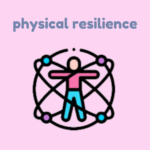
Mental resilience is the capacity to navigate change and uncertainty effectively. Those with mental resilience exhibit flexibility and composure in crises, harnessing their mental strength to tackle problems and maintain hope, even when confronted with setbacks.
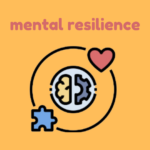
Emotional resilience involves managing emotions effectively, especially during stressful situations. Individuals with emotional resilience are attuned to their feelings and can soothe their minds when facing negative experiences, fostering a sense of optimism during challenging times.
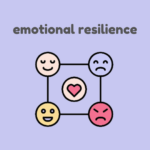
Social resilience, also known as community resilience, this is the capacity of groups to bounce back from challenging circumstances. It emphasizes the importance of individuals connecting and collaborating to address issues that impact both individuals and the community as a whole.
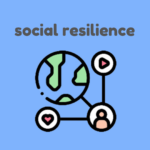
I vividly recall one particular morning as I headed into the nursery, weighed down by the familiar exhaustion of juggling a full-time job while raising three children aged 6, 8, and 10. Balancing the demands of my personal life and career had become an intricate dance, and the professional challenge of supporting an underperforming nursery with 102 places and evident quality issues was taking its toll after six months of relentless effort.
Just fifteen minutes into my hour-long commute, I received an unexpected call from my deputy—she was genuinely unwell and unable to come in that day. I arrived at the nursery with a heavy heart, knowing I would need to rearrange the rota on the fly only to meet an Ofsted inspector for an unannounced inspection. Without the support of my right-hand person, managing the challenges of maintaining staff ratios and demonstrating our improvements within a newly formed team felt like a critical turning point for me.
You will be familiar with this experience and are likely in an environment where you too face constant pressure —be it from revisions to the EYFS, the demands of parents, or the emotional labour of caring for young children—your ability to adapt and bounce back is crucial. Resilience allows us to maintain our well-being, make thoughtful decisions, and foster a positive atmosphere in our settings.
When we embody resilience, we not only navigate our challenges more effectively but also model this essential skill for our teams and the children in our care.

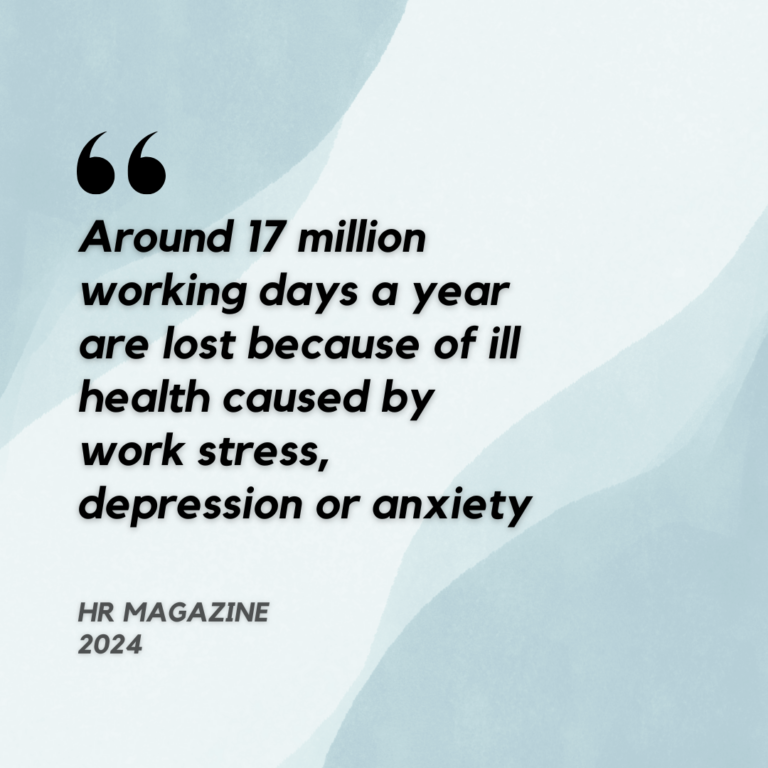
The landscape of Early Years education is shaped by staffing, financial, and regulatory challenges. This can create a sense of overwhelm as we strive to meet expectations while delivering high-quality care.
Staffing Issues: There is a significant shortage of qualified staff, with many practitioners considering leaving the sector due to low pay and high stress.
Reports indicate that up to 57% of nursery staff are contemplating quitting, which contributes to a workforce crisis.
This shortage is exacerbated by the high turnover rates, particularly in private group-based settings, where turnover can reach as high as 20%. Women’s Budget Group. (2023)
Financial Constraints: Many early years settings operate under financially restrictive conditions, struggling to meet quality expectations due to insufficient funding.
The funding allocated by the government has been criticized for falling short of what is needed to maintain high-quality provision, especially as operational costs continue to rise. Women’s Budget Group. (2023).
The anticipated increase in funded hours for working parents has created a demand for additional nursery places, further stretching resources Blossom Educational. (2024).
Regulatory Pressures: Early years providers face rigorous inspection standards from Ofsted, which can be daunting and add to the stress on staff.
Changes to the inspection framework aim to enhance clarity and support, but the pressure to meet high-quality standards remains a significant challenge. National Day Nurseries Association. (2024).
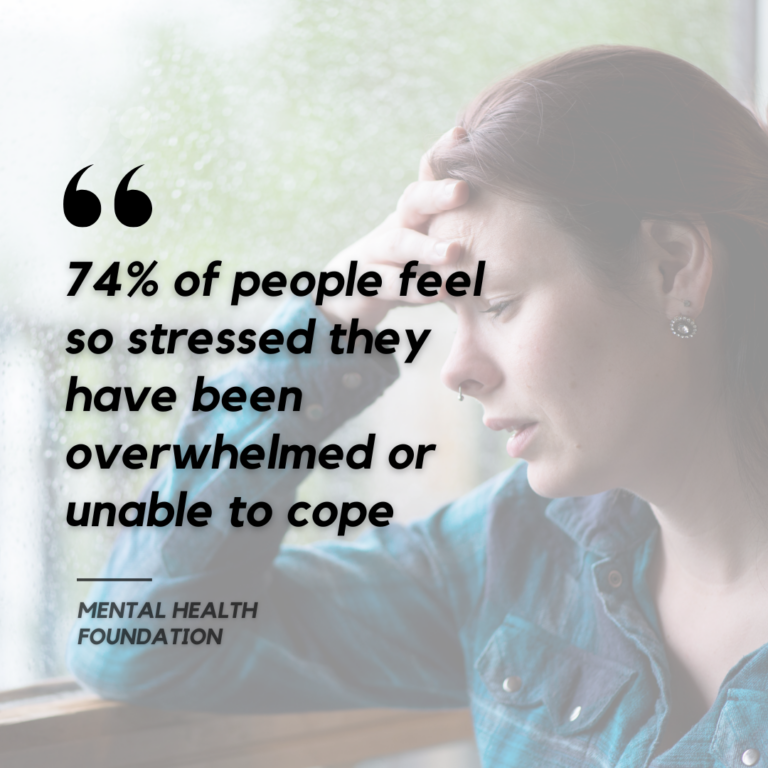
As leaders, we carry the responsibility of supporting our teams.
The emotional and mental toll of our work can lead to burnout, making it essential for us to prioritize our own well-being and that of our staff.
We need to create an environment that fosters resilience, so that we can create a culture that encourages open communication, support, and collective problem-solving.
With numerous demands on our time, finding this balance can be incredibly challenging.
Fostering resilience is a two-way street—it’s not only about building resilience in children but also about cultivating it within ourselves as educators and leaders.
The challenges we face daily—whether they stem from managing diverse needs, adhering to regulatory demands, or supporting a team—offer valuable opportunities for personal growth.
By acknowledging our struggles and actively developing our own resilience, we create a more positive and nurturing environment for our children.
Resilient educators can model coping strategies, problem-solving skills, and emotional regulation, which in turn empowers children to navigate their own challenges.
This reciprocal relationship emphasizes that as we strengthen our resilience, we simultaneously enhance our ability to guide young minds through the complexities of their developmental journeys.
Physical Resilience:
Mental Resilience:
Emotional resilience:
Social resilience:

Just as an oyster transforms an irritating grain of sand into a beautiful pearl through layers of resilience and adaptation, we too can cultivate resilience amid the challenges we face in the Early Years sector.
The friction of daily stresses and obstacles can be uncomfortable, yet it also presents us with invaluable opportunities for growth and development.
Each challenge we encounter—whether it’s staffing shortages, financial constraints, or regulatory pressures—can serve as a catalyst for creating something beautiful: a stronger, more supportive community for our children and colleagues.
Building connections with colleagues and families is essential in creating a network of support.
Open communication and collaboration not only enhance our resilience but also foster a sense of belonging for everyone involved.
This supportive environment allows us to share experiences and learn from one another, much like how the oyster’s process ultimately results in the formation of a pearl.
Reflecting on our experiences enables us to identify areas for growth.
Just as the pearl becomes more luminous over time, so too can we enhance our resilience and capacity to thrive.
Engaging in moments of playfulness and creativity can reduce stress and cultivate a more resilient mindset, demonstrating to our children that resilience is a journey we are all on together.
By embracing self-compassion and seeking support, we can transform our challenges into strengths, setting a powerful example for those we lead and nurture
If you would like to learn more about building resilience in your team, the MBK team is delighted to be running an online course on November 19th at 6:30 pm.
This Building Resilience and Wellbeing in Your Team course is designed to help delegates understand the key principles of resilience and how to cultivate it both personally and professionally.
Learn how to build healthier habits, develop resilient leadership skills, and enhance your overall well-being.
More details and the sign up form can be found here

Evie Arnold – Productivity & Early Years Leadership Coach
Website: www.e2acoaching.org
Email: [email protected]
References:
Cherry, K. (2023). What is resilience? Verywell Mind. Retrieved from https://www.verywellmind.com/what-is-resilience-2795059
Women’s Budget Group. (2023). Key UK challenges in early education and care. Retrieved from https://wbg.org.uk/wp-content/uploads/2023/09/FINAL-Key-UK-challenges-EEC-3-updated.pdf
Blossom Educational. (2024). Labour government’s policies for the early years sector 2024. Retrieved from https://blossomeducational.com/blog/labour-governments-policies-for-the-early-years-sector-2024/
National Day Nurseries Association. (2024). Important Ofsted updates. Retrieved from https://ndna.org.uk/news/important-ofsted-updates/
HR Magazine. (2024). UK loses 17 million working days to stress, depression and anxiety. Retrieved from https://www.hrmagazine.co.uk/content/news/uk-loses-17-million-working-days-to-stress-depression-and-anxiety
Mental Health Foundation. (n.d.). Stress statistics. Retrieved from https://www.mentalhealth.org.uk/explore-mental-health/statistics/stress-statistics
Ciphr. (n.d.). Workplace stress statistics. Retrieved from https://www.ciphr.com/infographics/workplace-stress-statistics
With the ever-changing regulations and guidance, join our monthly newsletter to stay current and learn more about running a better childcare setting.
Simply enter your details below to join our mailing list.
"*" indicates required fields
By completing this form you are agreeing to our privacy policy You can unsubscribe at any time

Millennium House, High Street,
Studley, Warwickshire, B80 7HJ.